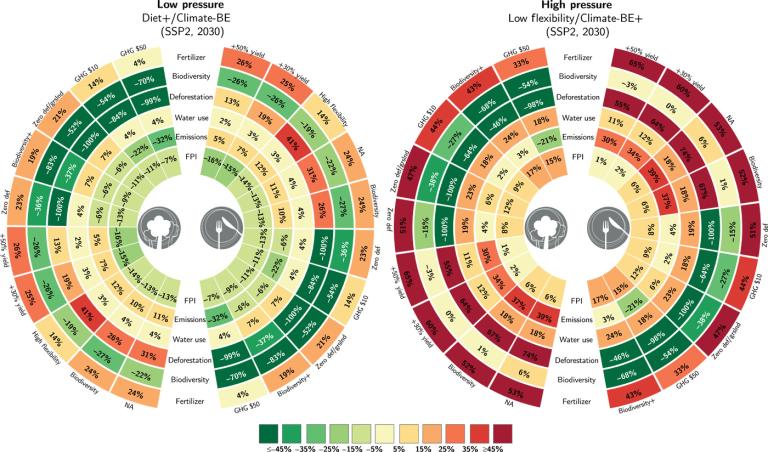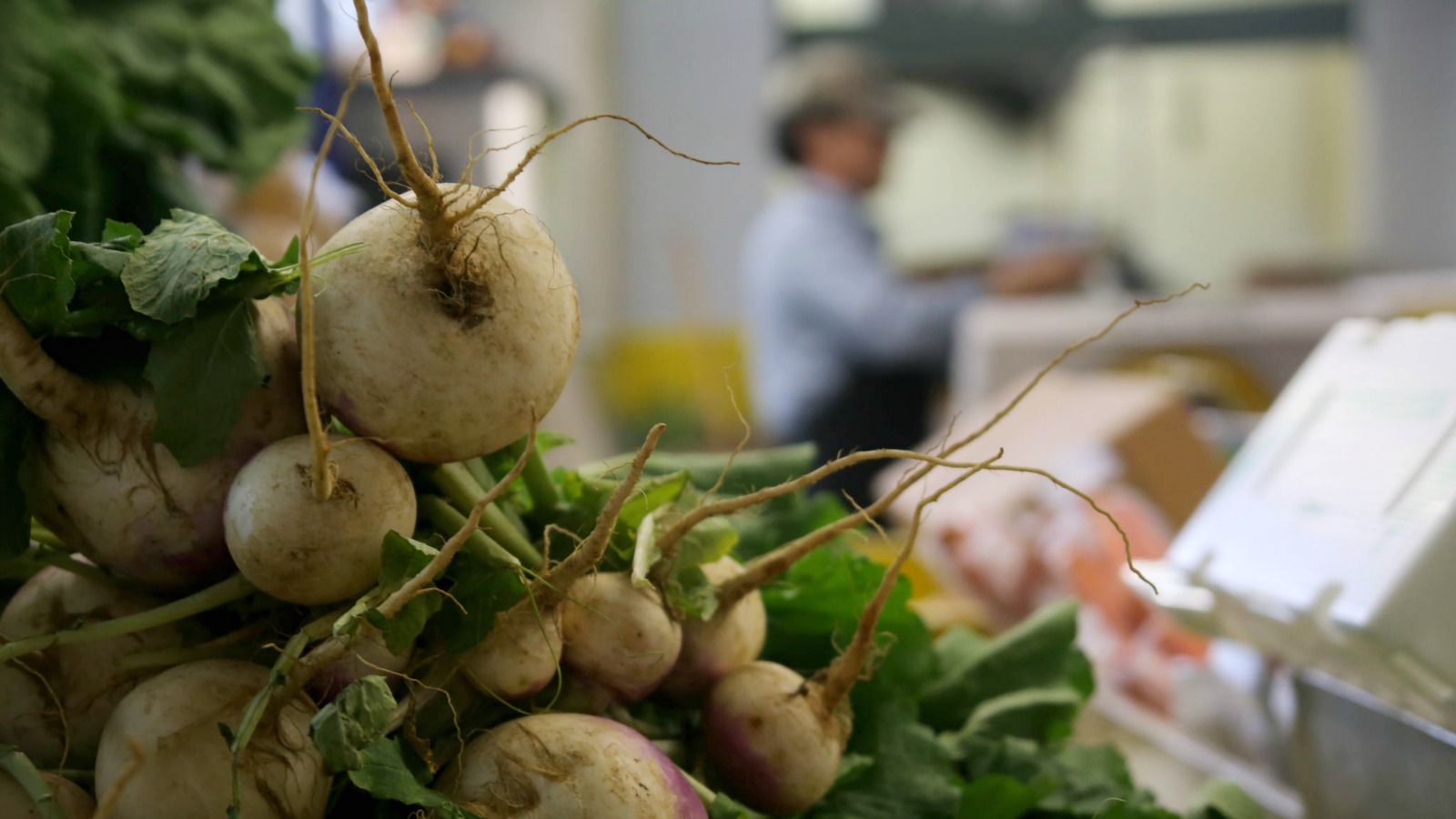Part of a series on tackling global poverty while protecting the environment. Read today’s main installment.
Remember how the turnip triggered the Industrial Revolution and lifted millions out of poverty?
In England, in the early 1700s, fields were increasingly “plow sick” — they had exhausted their fertility. Farmers had to let them lie fallow to restore nutrients to the soil. But then, farmers started incorporating turnips into their crop rotations and feeding them to livestock during the winter. This increased the manure they shoveled onto fields, which restored fertility. Farm productivity boomed, and a surging economy spurred new innovations.
As the Estonian economist Ragnar Nurkse wrote: “Everyone knows that the spectacular Industrial Revolution would not have been possible without the agricultural revolution that preceded it. And what was this agricultural revolution? It was based mainly on the introduction of the turnip.”
Although there’s plenty of debate over the humble turnip’s role in the Industrial Revolution, what’s interesting here is the idea that “everybody knows” about this. Most of us don’t know it, but among the scholars who study this sort of thing, “everyone” understands that countries have to improve agriculture to get out of poverty.
For a primer on the subject, I called up Peter Timmer, an economic historian. There’s no shortage of disagreements about policy, he told me, but there’s almost complete consensus that the only way large numbers of people move out of poverty is via structural transformation.
Structural transformation is economist jargon to describe a set of historical changes that occur together: increasing wealth, decreasing birth and death rates, and a decreasing share of the population employed in farming. The most direct way to spur these changes is to create massive numbers of new jobs in cities that pay better than small-scale farming. As Chairman Mao put it, “the only way out of agriculture is industry.”
For this reason, some policymakers have been tempted to ignore small farmers and focus on industrialization: Build big factories, kick small farmers off their land to create an industrial labor force, and replace them with big, modern plantations.
But jumping straight to industry courts disaster for poor people, Timmer told me. If you have a little bit of land on which to grow food, you have some limited measure of resilience when something goes wrong. You can sell your goat if a family member gets stick, for instance, or eat the seed you were saving for the next year if you lose a job. These aren’t good options, but at least they are options. But if your family is in a city and your factory closes, there’s less to fall back on. So, if leaders focus only on the big picture (Raise agricultural productivity! Build industry!), there’s a real danger of improving gross domestic product without improving the lives of most poor people.
“When this process works, it’s because there are better options; people aren’t leaving the farm in desperation,” Timmer told me.
The other option is to go slower and invest in rural areas to improve the productivity of small farmers. Rural investment allows lots of farmers to build up some wealth and contribute to a growing economy. Chicken farms are springing up in Nigeria to feed Lagos, Timmer pointed out. That means that there are jobs raising chickens, butchering the animals, driving poultry trucks, cooking chicken, and selling it at groceries. This kind of economic growth — flowing back and forth between rural and urban — creates a dense ecosystem of businesses, which can be a lot more resilient, and spread wealth more equitably, than attempts to skip straight to an industrial economy.
The problem with investing in rural farmers is that it’s difficult to do at scale. There are nearly 100 million small farmers in India alone. It’s really freaking hard — and expensive — to meet them where they are.
Free-marketeers say the answer is simple: Don’t try to help people; just get out of the way and they will help themselves. But here too, it’s useful to pay attention to history. “None (just for emphasis, not a single one) of the escapes from hunger was entirely driven by market forces,” Timmer has written. Governments have always played a key role in providing stability, education, access to markets (via roads, for example), and the basic structure for doing business — the rule of law, private property rights. You need those things if you want a structural transformation.
As a structural transformation kicks in, farms have always gotten bigger and more productive, so the number of farmers decreases. This process creates wrenching changes in rural societies. This is the primordial force driving just about every good country song, every otherwise illogical ag subsidy, and more than one revolution.
Structural transformation changes countries in such a consistent way that it’s almost a historical law. Understanding how these changes have happened in the past helps me understand the way our world works — and it helps me appreciate the otherwise boring turnip.
The patterns of history aren’t fixed — it’s possible we could forge an entirely new path in the future. But it would be foolish to ignore the history showing which paths consistently alleviate poverty, and which paths consistently fail.



